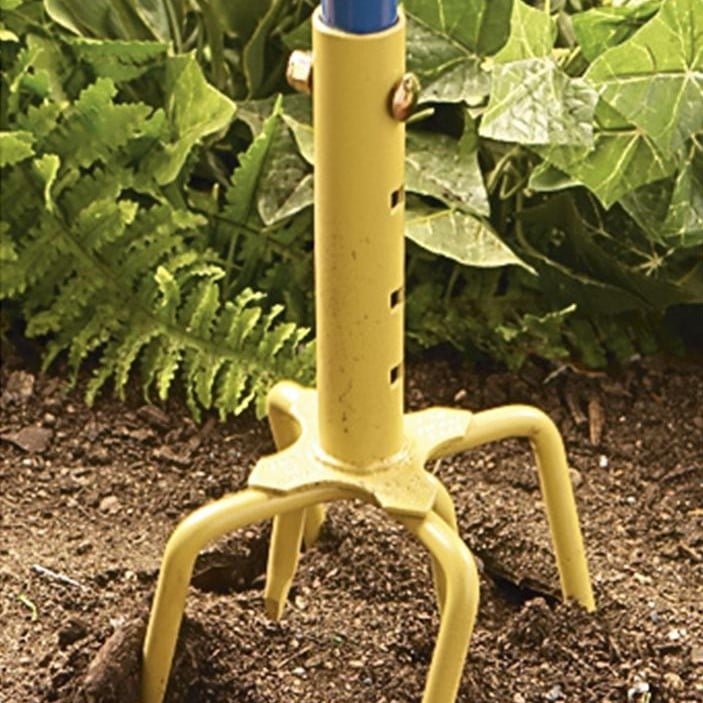Cultivate – Pollinator Junction
As you visit the pollinary park at the Museum of Transportation in St. Louis, Missouri, you may notice one constant beyond flowers, butterflies, hummingbirds and bees. There is always the appearance of the newly disrupted soil. No, it’s not an army of moles or deer tromping through (though there is some of that for sure). We are “cultivating!”
Cultivating is actually a combination of many things. Besides removing weeds from the garden, cultivating includes loosening the soil to improve the retention and penetration of air, water and nutrients. The primary reason to surface cultivate your garden’s soil is to break up the soil macro particles into an assortment of sizes and loosen the soil.
Loosening the soil slows down water runoff from rain and exposes more surfaces on the particles. Those particles have facets, sort of like a prism or diamond, except these are a little like magnets and are micro homes for organisms that help the soil feed the plants. These organisms help the particles collect water and nutrients and holds them gently waiting for the roots to grow within reach. These primarily beneficial micro-organisms live in the soil and assist in the root feeding process.
Those organisms are almost like the tiniest mommas, mashing and cutting up the nutrients and elements. They feed the roots just what they need in just the right amounts, like baby’s food but for roots. The micro-mini-moms feed the roots whatever they have available in their soil’s nutrient pantry. The biggest reason for soil testing is knowing what is and isn’t in your soil pantry and how much you need to grow your plants.
All organisms need air and water, the tiniest microorganisms, the little black ant and every plant’s roots. All roots, including the mighty oak or willowy cone flower, a black-eyed Susan in a remnant prairie or a rose in a garden must have some amount of air and water, nutrients and sun.
Moisture follows the air paths. The deeper the air and moisture go, the more healthy, necessary organisms can make themselves at home. The more organisms that are present and ready to feed plants roots, the deeper the roots can go and more roots form. The stronger the roots, the stronger the plant!
In the big picture, gently cultivated soil (not tilled until it’s like fine powdery cake flour soil – ick!) also decreases rain water runoff. It also lessens soil movement, deters weeds and makes weeding much easier!
Although cultivating will bring some weed seeds to the soil surface to germinate, cultivating will also pull up and expose young weed sprouts. These young seedlings will die when left exposed on the soil surface. Weed seed germination is also interrupted by cultivating. A plus of weed removal is the decreased competition for water and nutrients, leaving everything for your plants.
By improving moisture penetration and therefore increasing water retention, cultivating reduces the frequency of supplemental watering. A cultivated garden looks neat and fresh without boatloads of mulch. Surface mulch that is deeper than 2-3 inches in total is not recommended, especially when it is not loosened and incorporated into the soil frequently. Left to age and compact, excess mulch actually repels water, starves plants and suffocates micro-organisms and plant roots!









